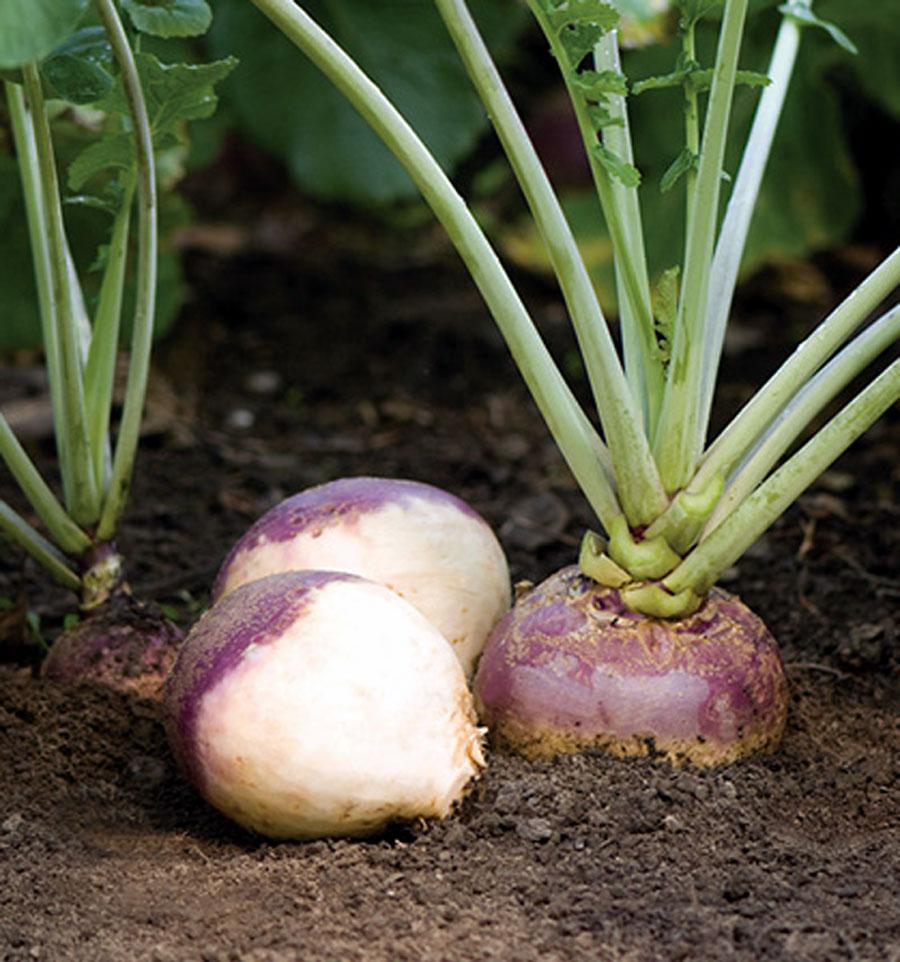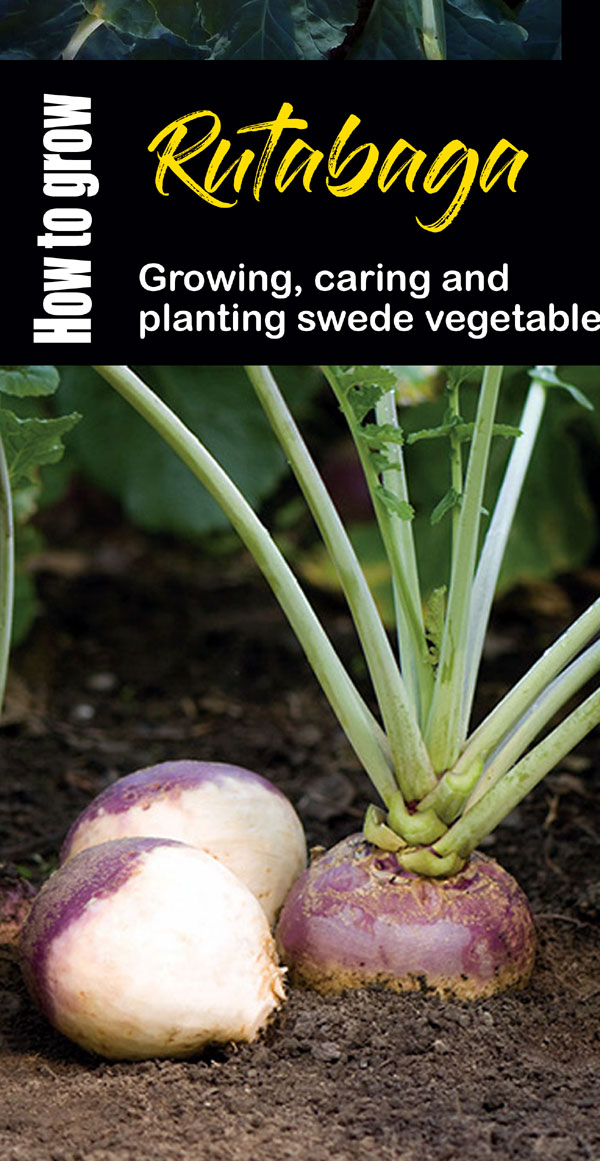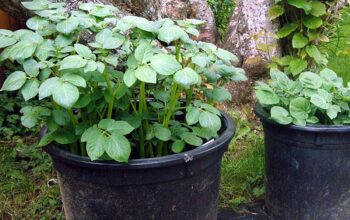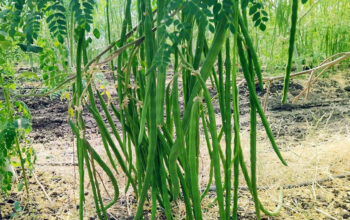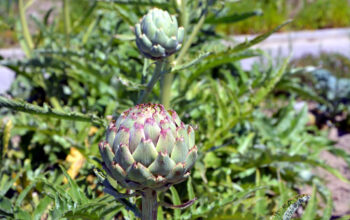Rutabaga (swedish turnip)
Rutabaga (swedish turnip) can also be called a Swedish turnip, Neep, or Turnip. It is native to Swede and is a root vegetable. The roots of swede vegetable rutabaga can be eaten as human food in many ways. Also, the leaves can be eaten as a leaf vegetable. The roots and tops can be used for livestock.
Rutabaga is highly nutritious and is very easy to grow in your garden. Rutabagas are somewhat similar to turnips but it tastes sweeter than turnip and also has larger roots with golden flesh. The leaves of rutabagas are similar to turnips but are thicker, the flowers are small, yellow, and have four petals.
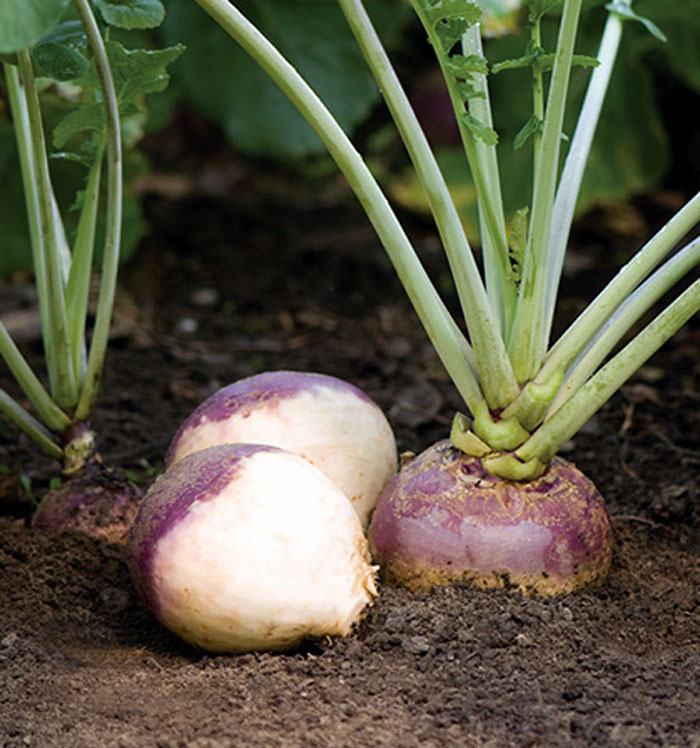
Read popular leafy vegetables.
Overview swede vegetable
Scientific name Brassica napobrassica
Common name Swedish turnip, Neep or Turnip, swede vegetable
Plant type Vegetable
Sun requires Full sun
Soil Fertile soil Well-drained soil
Soil Ph 5.5- 6.5
Zone 9-11
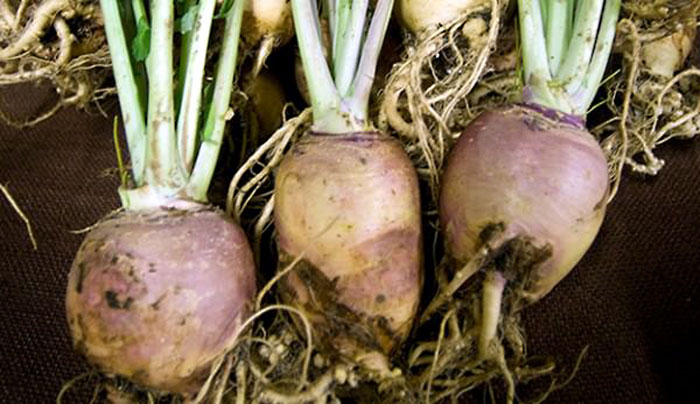
Growing and caring Rutabaga
Swedish turnip is popular in northern countries because they grow well in cold weather and can be harvested well into winter.
Prepare the soil as you would when you grow any vegetable, scrape the soil and then remove any rocks or debris from it. Plant the rutabaga about 100 days before the first frost in late fall. Start the seedlings indoors and set them outside when it is cloudy, and it can take up to four months for rutabaga to fully mature.
planting time
Rutabagas require a longer growing season, so you can grow them anytime in early summer or in the middle of summer. At this time, these plants mature in the winter season.
Sunlight
Plant your rutabaga in a location with full sun, but they can grow in partial shade too. Expose the plant to full sun to partial shade where it receives at least six to seven hours of sunlight. The plant will grow healthy and happy if it is provided with some shade in warmer climates because rutabaga likes to grow in cooler soil. Provide the plant with partial shade because the more shade you give them, the smaller the rutabaga root crop will be.
Soil
Although they do now require heavily fertile soil, they do need a neutral pH and well-drained, loose soil that can retain enough moisture and so the bulbs of the plant do not rot. They prefer slightly acidic soil that has soil pH n the range of 6.0 to 6.5.
If the soil is too acidic, you can mix some wood ash into the soil before planting because it can lower the acidity level. Amending the soil with organic matter such as compost manure before planting rutabaga will help in increasing the health of the soil and the size of the crop.
Watering
Proper watering is a must to grow a healthy swedish turnip crop. The plant likes to be constantly moist as it will provide a well-flavored and tender crop. Watering is the most important as the roots reach maturity. At least an inch of water is required for good root development.
Always be careful to not let the soil dry because it will change the taste of the root and can cause it to be fibrous and forcing the plant to send up seed stalks. The roots of the crop split if the soil changes dramatically from wet to dry. Dry soil will make the roots of the crop prone to cracking.
You can use drip irrigation to ensure that the soil is constantly and uniformly moist, but is not waterlogged.
Temperature and Humidity
The ideal germination temperature for rutabaga is 45 to 85 degrees Fahrenheit. It will germinate at soil temperatures as low as 40 degrees Fahrenheit as it likes cooler soil. The optimum temperature is 60 degrees Fahrenheit. Rutabagas grow best in temperatures ranging from 50 to 60 degrees Fahrenheit.
Swede vegetable requires high relative humidity to grow healthy. The humidity range should be 90-95 percent for the crop.
Fertilizer
After the plant has been thinned and weeded, feed some fertilizer or compost manure a few weeks after seeding. Supply the soil with organic fertilizer before planting. Use only half as much as the product’s label suggests, just to make sure that it does not get too much nitrogen because it can lead to poor bulb formation.
The fertilizer requirements of the plant should be based on the soil test recommendation and so the rutabaga will do fine in 2 to 5 pounds of 10-10-10 fertilizer per square feet. On heavier soil, use lower rates and on sandier soil, use heavier rates. You should half of the fertilizer at the time of planting and the other half about four weeks later.
Direct sow vegetable seeds in the garden. How to broccoli in a container. Growing Lilac shrub. How to grow Ridge gourd. Bachelor button growing guide. Growing calendula herb plant. pansy flowers growing and care tips. 10 root vegetables easy to grow.
for pin:

